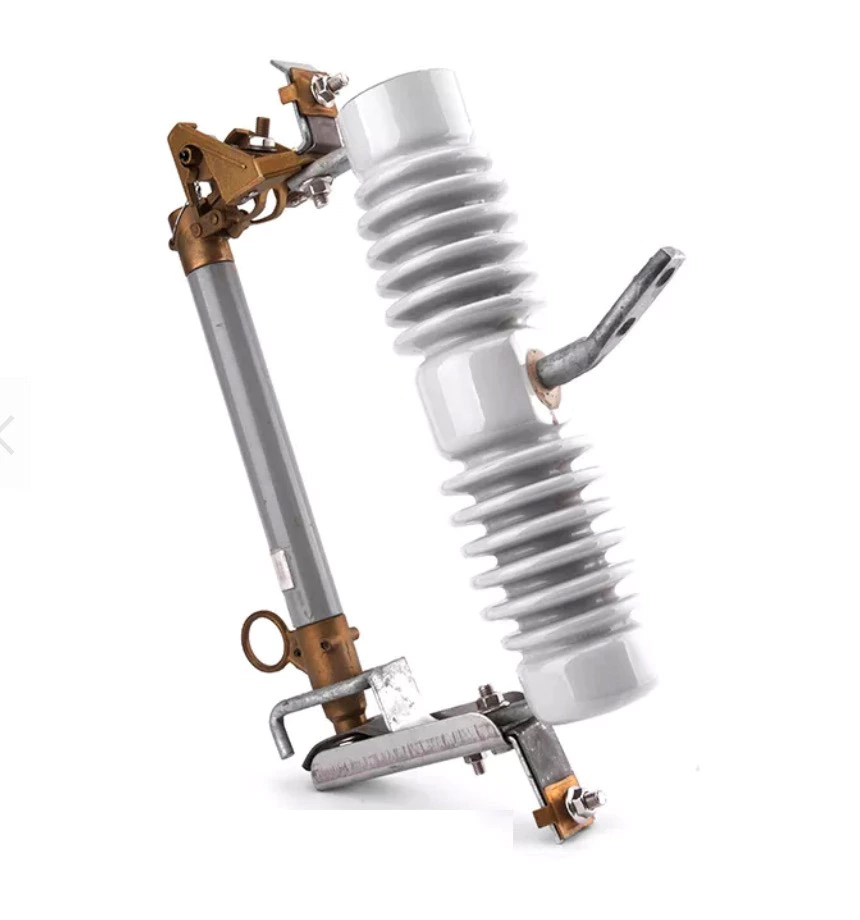Precautions For Operation Of High Voltage Drop Fuse
drop out fuse unit Operation precautions
Under normal circumstances, load operation is not allowed2, and only unloaded equipment (lines) are allowed to be operated. However, for branch lines of 10kV distribution lines in rural power grids and distribution transformers with a rated capacity of less than 200kVA, load operation is allowed according to the following requirements:
(1) The operation is performed by two people (one for supervision and one for operation), but they must wear insulating gloves that have passed the test, insulating boots, and goggles, and use qualified insulating rods that match the voltage level for operation. Operation is prohibited in thunderstorms or heavy rain.
(2) When operating the switch, it is generally stipulated that the middle phase is disconnected first, then the leeward phase, and then the windward phase. This is because the distribution transformer is changed from three-phase operation to two-phase operation, and the arc spark generated when the middle phase is disconnected is small, which will not cause phase-to-phase short circuit. The second is to disconnect the leeward phase. Because the middle phase has been disconnected, the distance between the leeward phase and the windward phase has doubled. Even if overvoltage occurs, the possibility of phase-to-phase short circuit is very small. When the windward phase is disconnected, only the capacitive current to the ground flows, and the sparks generated are very slight.
(3) When closing the circuit breaker, the operation sequence is opposite to that of pulling the circuit breaker. First, close the windward phase, then the leeward phase, and finally the middle phase.
(4) Operating the drop out type fuse fuse is a frequent operation. If you fail to pay attention, it will cause contact burns and poor contact, overheat the contacts, anneal the springs, and make the contact contact worse, forming a vicious cycle. Therefore, when pulling and closing the fuse, you should use moderate force. After closing, carefully check whether the duckbill tongue can tightly hold more than two-thirds of the tongue length. You can use the pull rod to hook the upper duckbill and press it down a few times, then gently pull it to check whether it is closed. If the circuit breaker is not closed properly or not closed securely, the static contact pressure on the fuse is insufficient, which can easily cause contact burns or the fuse tube to fall off.

